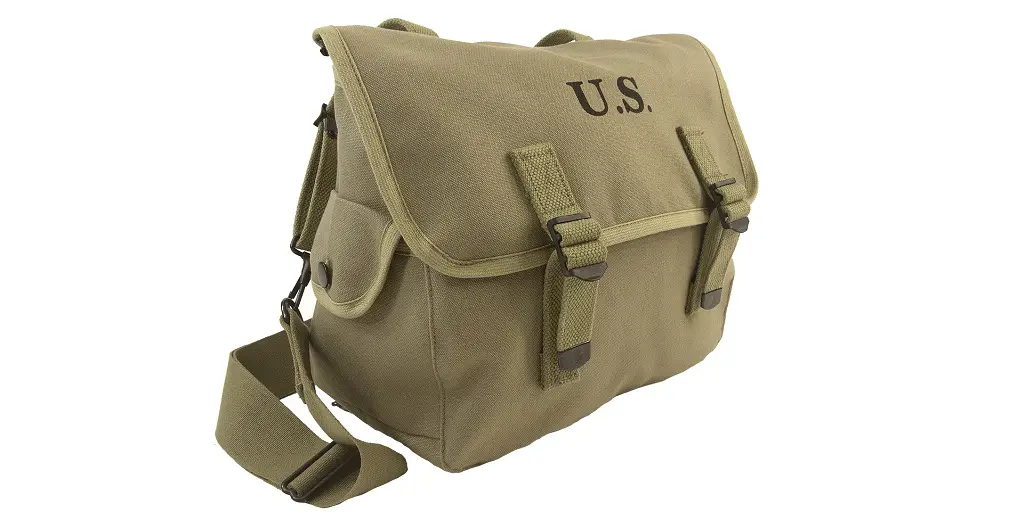Today´s army requirements have imposed a heavy burden on U.S. troops. We must concede that most of it comes in the form of body armor, which provides unmatched advantages on the battlefield, and has improved overall survivability and reduced casualties. However, dismounted ground troops must also carry their mess gear, batteries, water, ammo, and, of course, their weapons.
During active missions, heavy loads have demonstrated to decrease soldier performance in various ways. For example, excessive weight and unintuitive gear placement reduces mobility, situational awareness, and shooting response times. This negatively impacts overall mission performance and survivability.
During WW2, all these elements were taken into account when designing combat gear. However, there wasn't enough time to come up with innovative designs, so the U.S. army sometimes grabbed what they could from what other countries were doing right. You can find examples of this all over the place, from WW2 bags to helmet design.
The American infantrymen had been using the old M1910 haversack since World War 1. The design was incredibly inconvenient as it didn't really carry the gear but “wrapped” it around the soldier. These design flaws were known, but the only improvements introduced in the M1928 design were quick release buckles, and a cotton web strap with a buckle closure that replaced the metal button that closed the meat can pouch. These didn't fix any of the major flaws of the old haversack, but the M1928 haversack continued to be issued well into WW2.
When it saw action, it proved to be the worst choice as an EDC WW2 bag, especially among paratroopers. So they adopted a remake of the WW1 British officer´s musette haversack with several modifications. For example, the shoulder straps were replaced by a single general purpose strap, but could also be attached to cotton web suspenders. That's how the more practical M1936 Musette bag was born.
These were designed with practicality in mind and would be used to carry extra gear and to increase the ammo load beyond what the M1923 cartridge belts allowed.
This new field bag allowed the soldier to carry their mess gear and rations comfortably, but also other essential items. For example, paratroopers would usually load their K rations for three or four days, D rations for one day, a mess kit with utensils, 50 sheets of toilet paper, a raincoat, rifle cleaner and lubricant, handkerchiefs, 3 pairs of wool socks, a wool cap, and anything they could stuff in, which usually included extra ammo and grenades.
These WW2 bags needed to be incredibly sturdy and made according to incredibly specific specs. For example, they only used no. 8 100% cotton duck canvas in olive drab no. 3 shade. So they went to specific contractors such as Scovill, Atlantic Products Corp and the Langford Tent & Awning Co.
Today, it is hard to find good replicas made in America that use the original materials, specs and manufacturers, and most of the stuff you find on Ebay is pretty much garbage or is made by people who have no clue what each feature was actually for. One of the very few places that strives to provide 100% accurate replicas made just like the originals is At The Front. If you want accurate and functional WW2 bags and accessories, visit them today or call them at 270.384.1965 to have a real talk about WW2 gear.
For more information about World War 2 Helmets and ww2 field pack Please visit : Atthefront.






